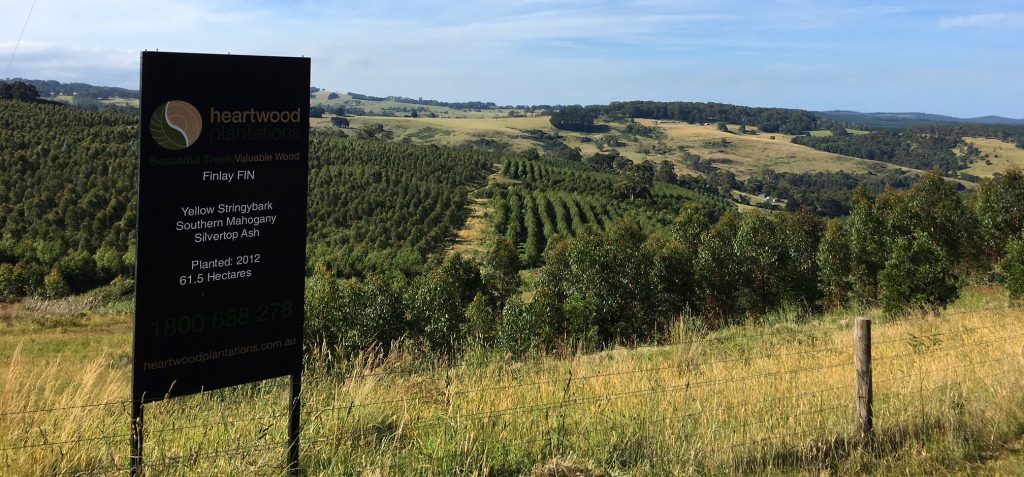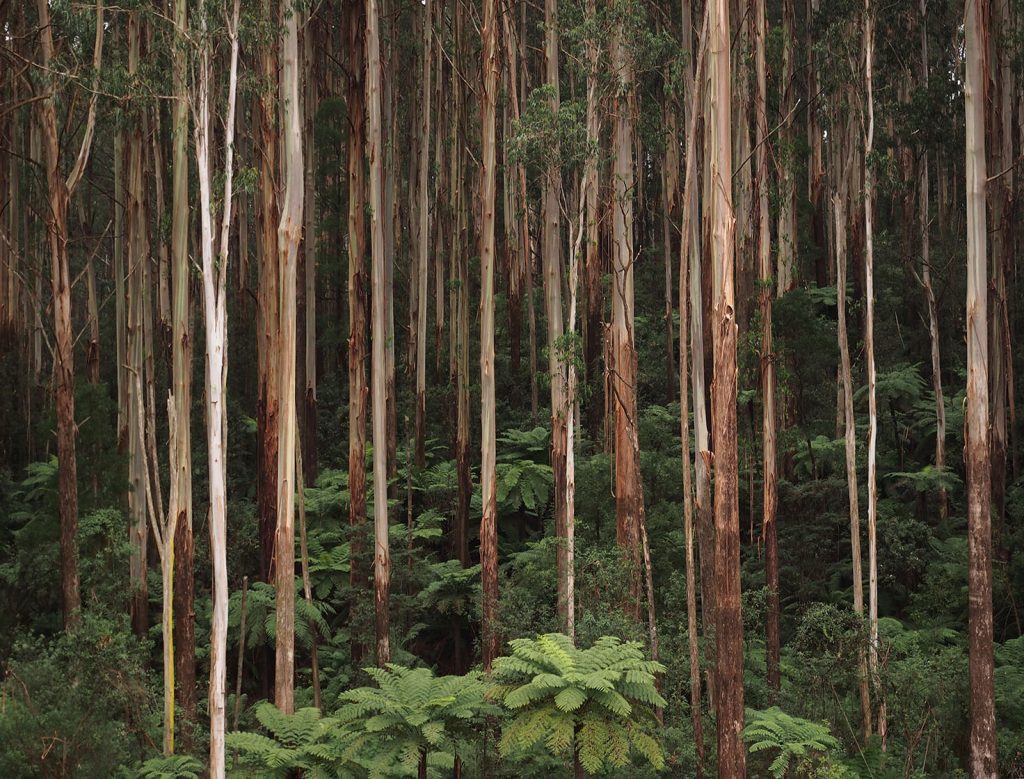

Timber: The True Sustainable Resource
Over the last decade, there has been a new catchphrase governing all of man’s activities: Sustainability. Everything man does have an impact as it uses natural resources. The recent focus has shifted to minimise that impact. What we are now striving for is turn those activities into ones that will continue not only now, but for generations into the future. But everyone deserves a home. A place to hang their hat and protect them from the extremes of weather. So how do we as a society achieve that? Recently, the materials used in construction activities have become a key focus. And here is the good news. Timber: The truly sustainable resource.
Q. Given that there has been a lot of issues surrounding poorly managed or illegal forestry activities, how can Radial Timber back this statement up?

Firstly, we currently source our sawlogs exclusively from state-managed and harvested new growth forests. What this means is that once a coupe of state forest has been harvested, it regrows from the seeds remaining in the soil. Then around 40-50 years later, the regrowth forest is ready to harvest again, in a natural self-perpetuating cycle.
You can also grow timber in plantations like a farmer grows a crop of wheat. While it does take a while to grow a tree big enough to harvest as a sawlog, Radial Timber is directly involved with doing exactly that. Radial Timber’s plan involves eventually being completely self-sufficient from plantation hardwood timber supplied by Heartwood Plantations. Currently, Heartwood has around 2000 ha of hardwood trees planted with the oldest sites approaching 20 years, and they are still busy planting. The land utilised is old disused farmland or ex pulpwood plantations that have fallen on hard financial times.

Heartwood Plantations aren’t just going through the motions of planting a lot of trees either. They are conducting a lot of research and development with growing techniques, in consortium with other sawlog plantation growers in Australia and New Zealand. There are some exciting results starting to emerge from that research. Interestingly, one of the key findings of more recent research is that when a diverse mix of species is planted together, the results are superior to a monoculture. Just like a naturally occurring biodiverse forest. They are also demonstrating that with intensive silviculture management good quality plantation sawlogs can be produced in about half the time it takes to grow a tree in a natural forest.
Q. But what about Carbon Dioxide (CO2) and climate change?
Firstly, we’re not wanting to get into the debate that’s still raging on that issue. We’ll leave that to the experts and a multitude of opinions from non-experts.
We would like to point out though, that Carbon Dioxide emissions both natural and man-made, are just two parts of the overall Carbon Cycle. Why this is important to sustainability, is that forestry provides arguably the only man-made net sequestration* of CO2 from the atmosphere. It has been scientifically demonstrated that growing trees photosynthesise CO2 at a faster rate than old established trees. Growing and harvesting trees in carefully managed native forests and plantations, is completely sustainable and Carbon Negative in its CO2 emissions.
No, that last line was not a typo. Perhaps it’s going to be controversial. However, properly managed sustainable forestry activities effectively remove CO2 from the atmosphere!
This statement comes from reading the outcomes from the FWPA PNA008-0708 Research Report. This report accurately estimates the emissions and absorption/sequestration of CO2 for all forestry activities including downstream milling and processing. It also details the differences in emissions and sequestration between softwoods, hardwoods, the milling and processing of timber and engineered timber. As Radial Timber deals exclusively with hardwood, we will summarise those aspects relevant to our business in the table below.

So there you have it. The estimated amount of net CO2 sequestration of timber supplied by Radial Timber is between 431 and 511 kg CO2/ m3. Timber: The True Sustainable Resource
Radial timber would like to thank VicForests and Heartwood Plantations in their support with writing this article.
* sequestration is the process of removing CO2 from the atmosphere and storing it to prevent climate change. Trees photosynthesise CO2 to live much like animals eat food, then store the carbon “consumed” as wood. This is a natural sequestration process.


